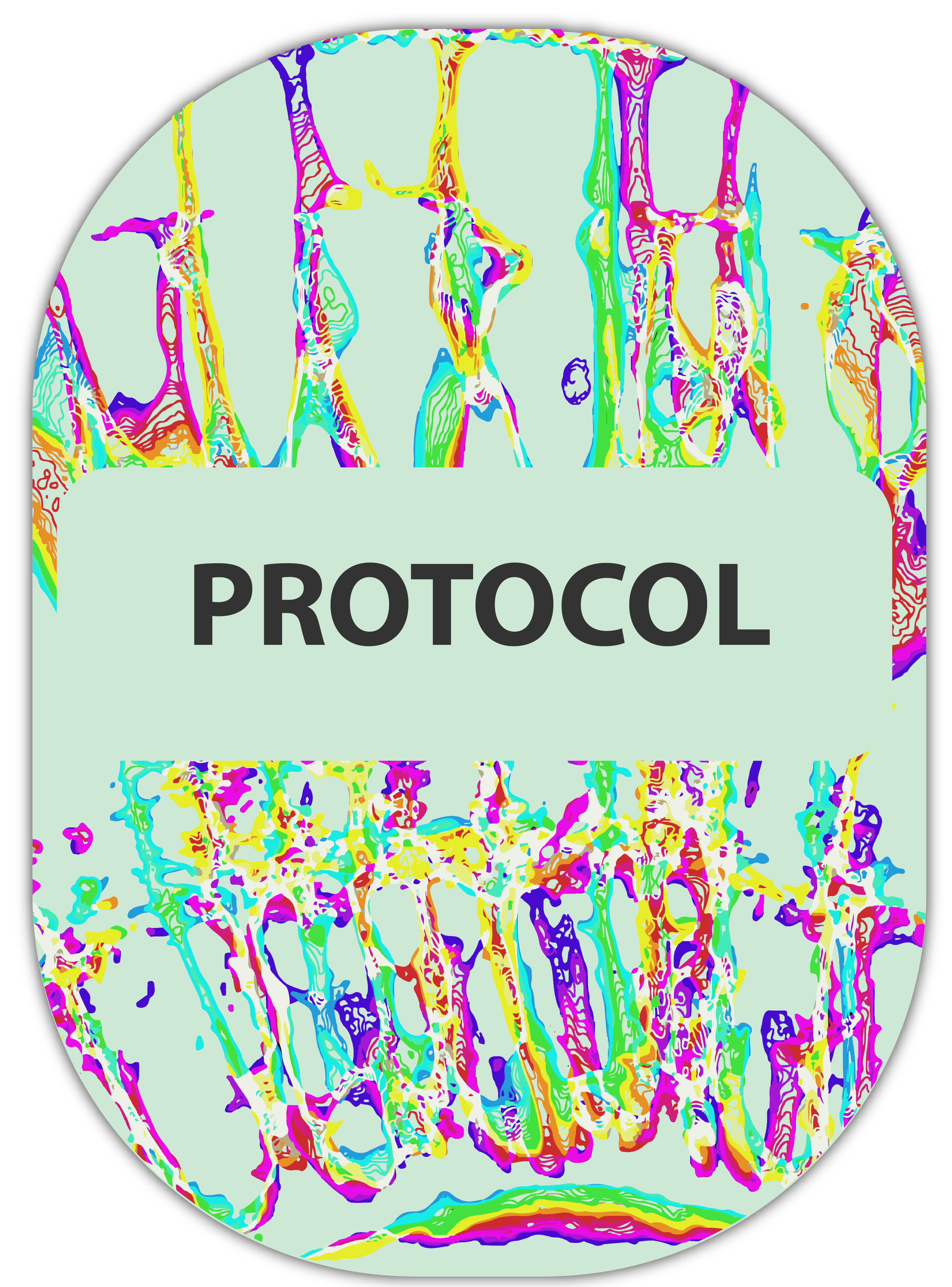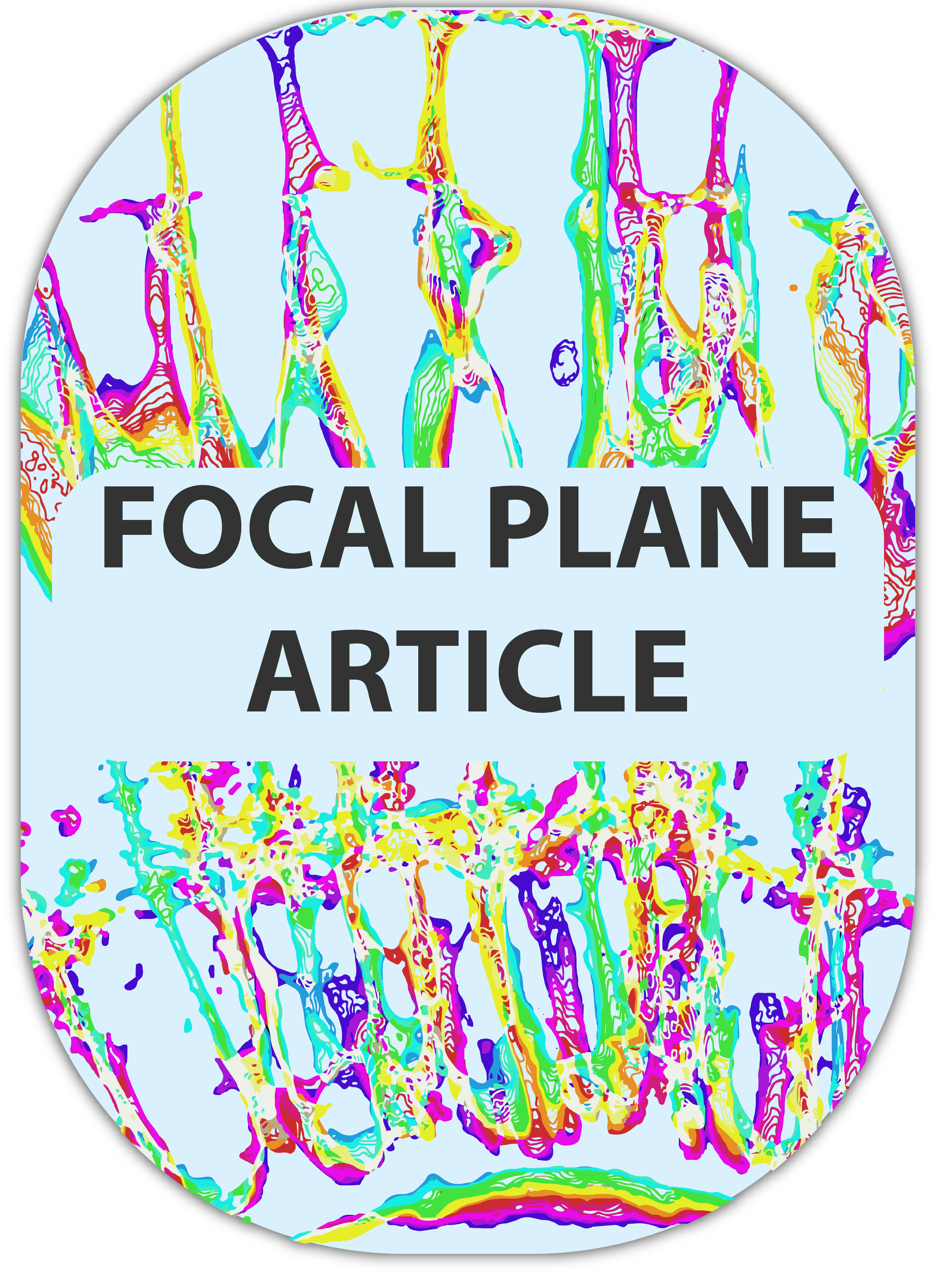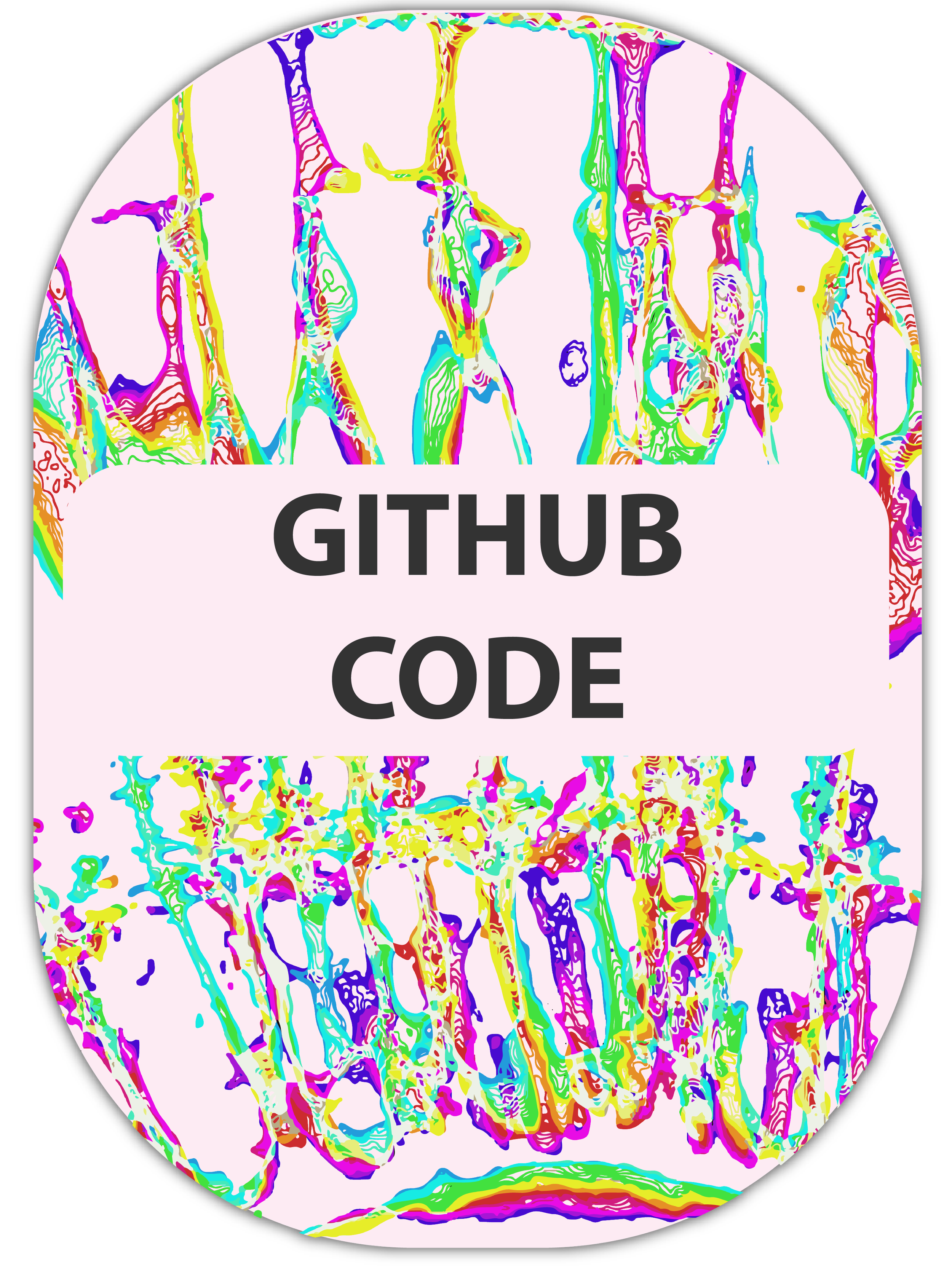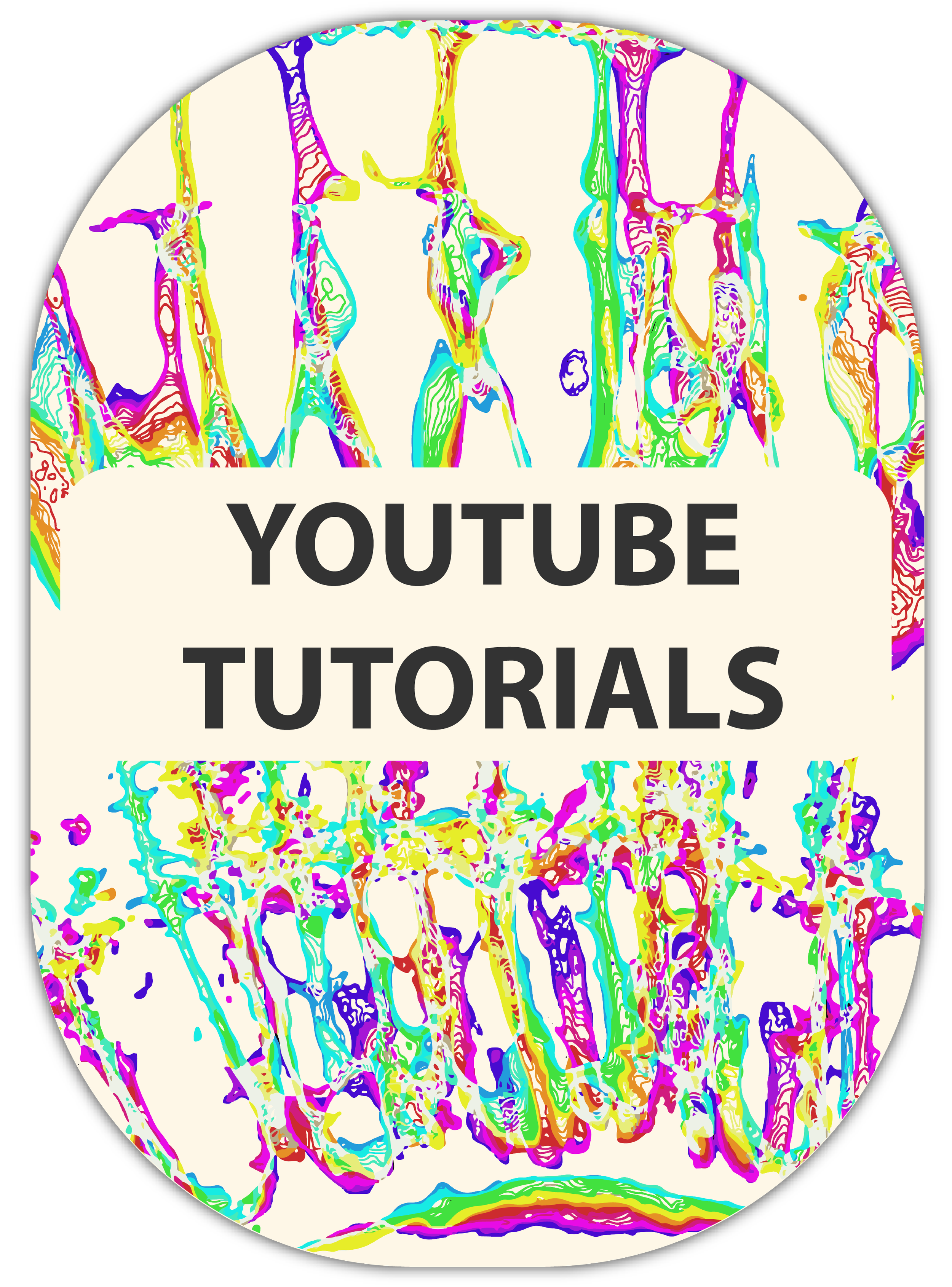#GliaMorph - 3D Quantification of Müller Glia Cells
Cell morphology is known to be critical for cell function and health. This is also the case for glial cells, which rely on their complex shape to contact and support neurons. Mueller Glia (MG) are the principal retinal glial cell type with a stereotypic shape linked to their maturation and physiological status.
However, methods to quantify complex glial cell shape accurately and reproducibly are lacking. To address this gap in quantification approaches, we developed an analysis pipeline called "GliaMorph".
#GliaMorph is a modular toolkit developed to perform:
(i) image pre-processing,
(ii) semi-automatic region-of-interest (ROI) selection,
(iii) apicobasal texture analysis,
(iv) glia segmentation, and
(v) cell feature quantification.
We characterized MG on three levels, including (a) global image-level, (b) apicobasal texture, and (c) apicobasal vertical-to-horizontal alignment. Using GliaMorph, we show structural changes occurring in the developing retina.
#GliaMorph Workflow
Overview of Steps
• step1_cziToTiffTool.ijm: Macro for czi to tiff conversion
• step2_DeconvolutionTool.ijm: Macro for deconvolution of confocal images using theoretical or experimental PSF
• step3_90DegreeRotationTool.ijm: Macro for 90 degree rotation - optional before rotationTool
• step4_subregionTool.ijm: Semi-automatic ROI selection tool with ROI selection from MIP
• step4_subregionToolWithinStack.ijm: Semi-automatic ROI selection tool within stack with ROI within stack
• step5_splitChannelsTool.ijm: Macro to split channels and save them in separate folders
• step6_zonationTool.ijm: Analysis of zebrafish retina zonation based on intensity profiles
• step7_SegmentationTool.ijm: Segmentation of MG cells
• step8_QuantificationTool.ijm: Quantification of MG features in segmented images







